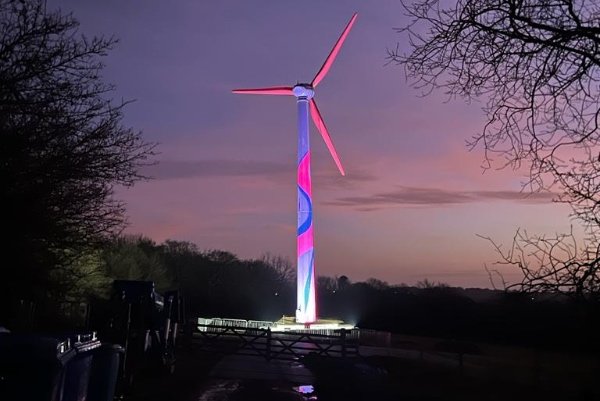Coal’s biggest underwriters
Over the same time period, 427 commercial banks channeled over $810 billion to companies on the Global Coal Exit List through underwriting. The world’s top five underwriters are all Chinese financial institutions.
ICBC (Industrial and Commercial Bank of China), the world’s biggest bank, is the top underwriter, with almost $37 million, and also figures in the top 30 list of lenders, with $3 million.
ICBC’s record on coal financing is one of the worst among the largest banks in the world, and they are involved in controversial coal projects all over the globe, such as the Sengwa power station in Zimbabwe, Hunutlu power station in Turkey, Bengkulu Coal Power in Indonesia and many more.
‘Facing the prospect of a global recession, investment in coal power infrastructure will become even riskier for borrowing countries and lenders. While the world is embracing the benefits of clean and affordable renewable energy, coal projects supported will lock recipient countries into dirty, dangerous and expensive fossil fuel infrastructure that is outdated.
‘Instead, renewable energy investments can be a major force in economic recovery, generating decent returns on investment while boosting employment opportunities. It’s time for ICBC to correctly assess the risks implicated in their investments and stop financing coal projects.’
YOSSI CADAN
Global finance campaign manager at 350.org
While Chinese banks account for less than 6% of total lending to the coal industry, they account for 58% of underwriting.
Through their underwriting, Chinese banks channeled $467 billion to the coal industry over the past two years.
Next in line are US banks ($105 billion), Japanese banks ($59 billion), Indian banks ($36 billion) and UK banks ($35 billion).
Together, banks from these five countries account for 87% of total underwriting for the coal industry, with China, Japan and India accounting for 70%.
‘While coal demand is falling in the United States and Europe, coal use is growing in Asia. Japan and China have both set lofty net-zero goals and they must meet them through a managed and determined phase out of fossil fuels.
‘Banks in Japan and China must support their countries’ climate goals by withdrawing coal investments not just within their country but also abroad as that is where the vast majority of their investments are directed.
‘This is the only way to prevent an unmitigated climate disaster that will affect communities in Asia and globally. I write this as another typhoon bears down on the Philippines, where I live. The climate disaster is now, it is not in the net-zero future.’
CHUCK BACLAGON
350 Asia finance campaigner
Support for coal since Paris
The research also examined the development of banks’ lending and underwriting for the coal industry since January 2016.
While direct lending for coal companies spiked in 2017, subsequent years show a downward trend in lending volumes.
Underwriting of coal industry shares and bonds, however, has grown steadily since 2016.
The alarming result of this analysis is that commercial banks are channeling more money to the coal industry than in 2016, the year after the Paris Climate Agreement was signed.
In 2016, banks provided $491 billion through lending and underwriting to companies listed on the GCEL. By 2019, this amount had grown to US$ 543 billion, an increase of over 11%.
Ending the era of coal means ending the era of coal finance and investment. But the time to accomplish this task is quickly running out.
‘What we need are comprehensive, immediate coal exit policies. Insurers such as AXA, banks like Crédit Mutuel, UniCredit and Desjardins or asset managers like Ostrum have already shown what must be done by excluding most of the companies on the Global Coal Exit List from their portfolios.
‘Now is the time for the finance industry to act. A speedy exit from coal finance and investment is not only do-able and desirable, it is a question of survival.’
YANN LOUVEL
Policy analyst for the NGO Reclaim Finance
 Play Video about This Rock Might Just Save The World
Play Video about This Rock Might Just Save The World Play Video about Play 2 hours of rock
Play Video about Play 2 hours of rock Play Video about Play 2 hours of brook
Play Video about Play 2 hours of brook Play Video about Play 2 hours of sheep
Play Video about Play 2 hours of sheep















































